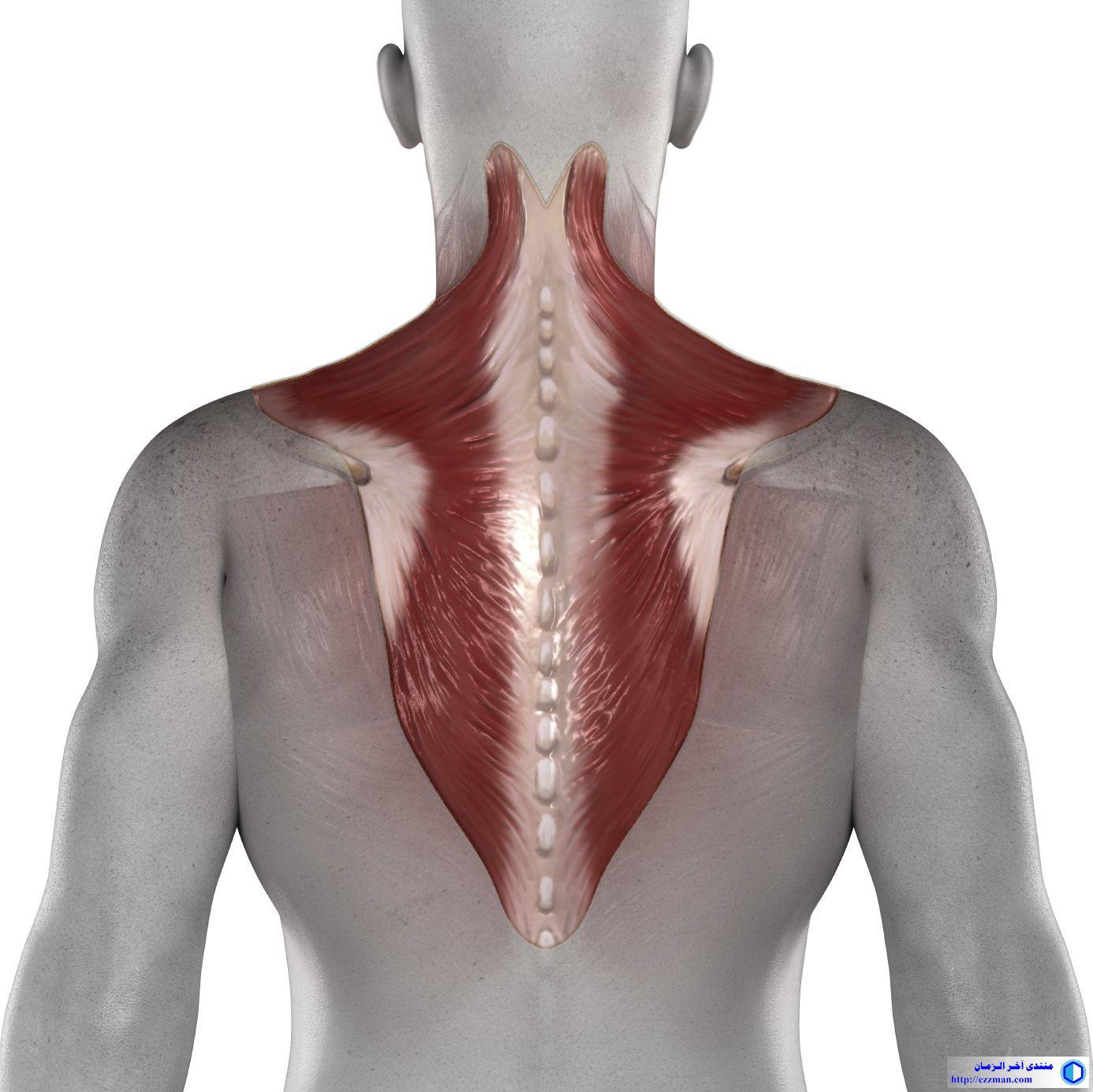Introduction: Building Muscle, Building Strength
When it comes to building muscle, there’s no one-size-fits-all approach. Whether you’re just beginning your fitness journey or you’re a seasoned lifter looking to bulk up, understanding the best strategies for muscle growth is essential for success. Gaining muscle is more than just lifting weights—it’s about optimizing your workout plan, diet, and recovery strategies to maximize your gains.
In this article, we’ll break down the best muscle-building plans and strategies that are scientifically backed to help you bulk up effectively. Whether you’re aiming for hypertrophy, increasing strength, or both, this guide will help you design a plan that suits your goals.
1. Focus on Compound Exercises
One of the most effective ways to build muscle is to focus on compound exercises. These are movements that engage multiple muscle groups at the same time, allowing you to lift heavier weights and target more muscle fibers in a single exercise.
Some of the best compound exercises for muscle building include:
• Squats: Targets quads, hamstrings, glutes, and core.
• Deadlifts: Engages the entire posterior chain, including the lower back, hamstrings, and glutes.
• Bench Press: Works the chest, shoulders, and triceps.
• Pull-Ups/Chin-Ups: Excellent for the back, biceps, and shoulders.
• Barbell Rows: Builds a strong back and engages the arms and shoulders.
By incorporating these compound lifts into your workout routine, you activate more muscles, promote higher testosterone production, and increase your overall strength, all of which contribute to muscle growth.
2. Progressive Overload: Push Your Limits
If you want to build muscle, you must continuously challenge your body through progressive overload. This means gradually increasing the intensity of your workouts by either:
• Adding more weight.
• Increasing reps or sets.
• Shortening rest periods.
• Trying more advanced variations of exercises.
Progressive overload forces your muscles to adapt to new stress, which stimulates hypertrophy (muscle growth). Without it, your muscles will plateau, and you’ll see diminishing returns on your efforts. Track your progress to ensure you’re consistently pushing yourself during every workout.
3. The Right Reps and Sets for Muscle Growth
When it comes to muscle hypertrophy, training in the right rep range is crucial. The optimal range for muscle building typically falls between 8-12 repetitions per set, with about 3-4 sets for each exercise. This rep range strikes the perfect balance between muscular endurance and strength, which is ideal for increasing muscle size.
However, incorporating some lower-rep, heavier sets (4-6 reps) and higher-rep sets (15-20 reps) into your routine can help stimulate different muscle fibers, ensuring a more well-rounded muscle growth approach.
4. Nutrition: Fuel Your Gains
Muscle growth isn’t just about what you do in the gym; it’s also about what you eat. To build muscle, you need to be in a caloric surplus—meaning you consume more calories than your body burns. Aim for a surplus of about 250-500 calories per day, depending on your goals and metabolism.
Key nutritional factors include:
Protein
Protein is the building block of muscle. Aim to consume around 1.6 to 2.2 grams of protein per kilogram of body weight per day. Sources like chicken, beef, fish, eggs, and plant-based proteins (like beans and lentils) are excellent options.
Carbohydrates
Carbohydrates provide the energy needed to fuel your workouts. They replenish glycogen stores in your muscles, which is essential for recovery and performance. Focus on complex carbs such as whole grains, oats, quinoa, and sweet potatoes.
Healthy Fats
Healthy fats support hormone production, including testosterone, which is critical for muscle growth. Incorporate sources like avocados, olive oil, nuts, and fatty fish into your diet.
5. Rest and Recovery: Don’t Overlook It
Building muscle happens outside the gym, during periods of rest. Overtraining without sufficient rest can lead to burnout, injury, and muscle fatigue, which will hinder your progress. To maximize your gains, ensure you:
• Get at least 7-9 hours of quality sleep each night.
• Take rest days to allow muscles to recover.
• Incorporate active recovery (light cardio, stretching, yoga) on your non-training days.
Additionally, make sure to focus on post-workout nutrition, with a combination of protein and carbohydrates within 30-60 minutes after exercise to kick-start the recovery process.
6. Consistency and Patience Are Key
One of the most important factors in muscle building is consistency. You won’t see results overnight, but by sticking to your workout and nutrition plan, you’ll gradually notice increases in muscle size and strength. Make sure to track your progress, set realistic goals, and adjust your plan as needed.
Sample Muscle-Building Workout Plan
Here’s a sample weekly plan that targets all major muscle groups and emphasizes compound movements, progressive overload, and sufficient recovery.
• Day 1: Chest & Triceps
• Bench Press: 4 sets of 8-12 reps
• Incline Dumbbell Press: 4 sets of 8-12 reps
• Tricep Dips: 3 sets of 10-12 reps
• Cable Tricep Pushdowns: 3 sets of 10-12 reps
• Day 2: Back & Biceps
• Deadlifts: 4 sets of 6-8 reps
• Pull-Ups: 4 sets of 8-10 reps
• Barbell Rows: 4 sets of 8-12 reps
• Barbell Curls: 3 sets of 8-12 reps
• Day 3: Rest or Active Recovery
• Day 4: Legs & Shoulders
• Squats: 4 sets of 8-12 reps
• Lunges: 3 sets of 10-12 reps per leg
• Shoulder Press: 4 sets of 8-12 reps
• Lateral Raises: 3 sets of 12-15 reps
• Day 5: Rest or Active Recovery
• Day 6: Full-Body Circuit
• Deadlifts: 3 sets of 8 reps
• Bench Press: 3 sets of 8 reps
• Squats: 3 sets of 10 reps
• Pull-Ups: 3 sets of 8-10 reps
• Day 7: Rest
Supplements for Muscle Growth (Optional)
While it’s possible to gain muscle through diet alone, some supplements can enhance your progress:
• Protein Powder: Ideal for hitting your daily protein targets, especially post-workout.
• Creatine: Enhances strength, power, and performance during high-intensity workouts.
• Branched-Chain Amino Acids (BCAAs): Helps reduce muscle soreness and aids in recovery.
• Beta-Alanine: Can improve performance in strength and endurance activities.
Conclusion: Building Muscle the Right Way
The journey to building muscle requires a combination of consistent training, proper nutrition, rest, and patience. By focusing on compound movements, progressive overload, and ensuring you’re fueling your body correctly, you can optimize your muscle-building efforts and see noticeable results over time.
Remember that every individual’s body responds differently to training and diet, so don’t be afraid to tweak your plan based on what works best for you. Stick to the basics, trust the process, and you’ll be well on your way to achieving your muscle-building goals.
Sources:
1. American College of Sports Medicine (ACSM): https://www.acsm.org
2. National Strength and Conditioning Association (NSCA): https://www.nsca.com
3. Journal of Strength and Conditioning Research: https://journals.lww.com
4. National Institutes of Health (NIH): https://www.nih.gov



